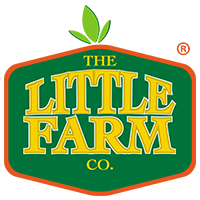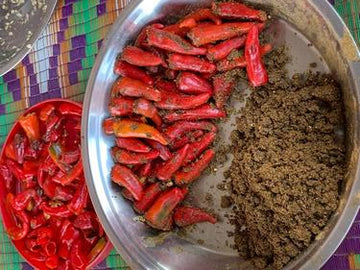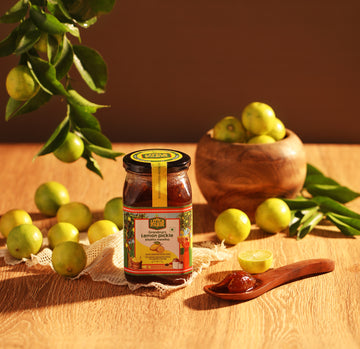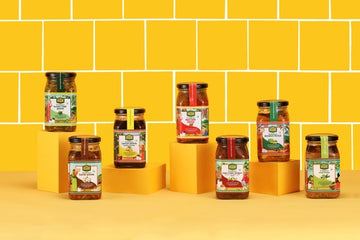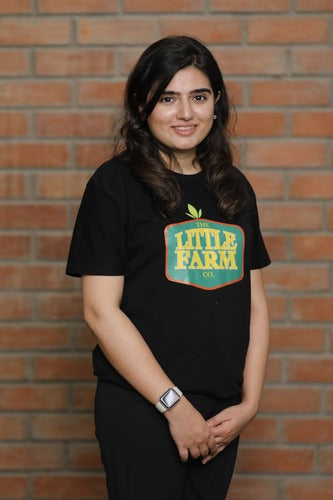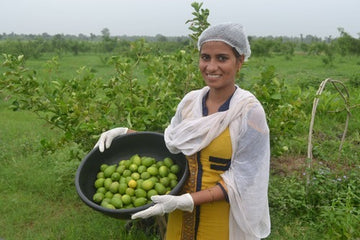Pickling is a traditional Indian home and community ritual that includes preserving fruits, vegetables, and other food items in a spice, salt, and oil combination. This tradition has been part of Indian culture for millennia and continues to be practiced now.
Families may enjoy seasonal cuisine all year long by pickling food to preserve it for long periods of time. The process involves selecting fresh fruits and vegetables, cleaning them well, and then mixing them with salt, spices, and other ingredients to create a delectable dish. The mixture is then allowed to age for a few days or weeks in sealed jars, allowing the flavours to deepen and intensify.
Throughout the country, pickling is a common practice, and each region has its own distinctive style. Mango and amla (Indian gooseberry), for instance, are common pickling ingredients in the north, but pickles with lime and mango are more common in the south. In the east, mustard oil is frequently utilised, whilst in the west, vinegar and jaggery are frequently used (unrefined cane sugar).
In many Indian communities, pickling vegetables is also a social activity when family and neighbours join together to exchange recipes and pickle vegetables. It is a way for one generation to pass on customs, knowledge, and recipes to the next, strengthening the bond between the family and the neighbourhood.
Our culture and history are deeply rooted in pickling, which is a tradition that is passed down from parent to child. It serves as a means of food preservation, community building, and celebration of the diversity of Indian cuisine.
Indian households utilise pickling to flavour and spice up everyday meals in addition to preserving food. Pickles are usually served as a side dish with meals. They go well with rice and dal, parathas, and sandwiches because of their sour and spicy flavours.
The art of pickling has evolved throughout time as well, with traditional recipes incorporating new ingredients and flavours. Pickled vegetables including mushrooms, jackfruit, and cauliflower have been popular recently, indicating a growing need for vegetarian and vegan choices.
In India, pickling is not only a common home practise, but it is also a burgeoning industry. Pickles are produced and sold in local markets by a huge number of small manufacturers, who also distribute them across the nation and even beyond. To create products that are both authentic and outstanding, these businesses typically use outdated procedures and recipes.
During the Diwali festival, families will occasionally give homemade pickles as presents, and pickling competitions are frequently held to see who can make the most delicious and imaginative pickle.
India has long had a traditional art form that involves creating pickles. Modern technology, however, has made the craft of creating traditional pickles extinct. Nowadays, a lot of people choose store-bought pickles, which are produced with chemical preservatives and machinery. Pickles produced in factories share a similar flavour and appearance. That contradicts what conventional pickles ought to have tasted like.
At The Little Farm Co, we try to preserve the art of pickle making by using traditional methods to make our pickles.
Pickling is a significant component of Indian culinary culture, with its own flavours, techniques, and social rituals.
It's a means to reconnect with the past, celebrate regional variety, and bring people together through a shared passion for cuisine.
